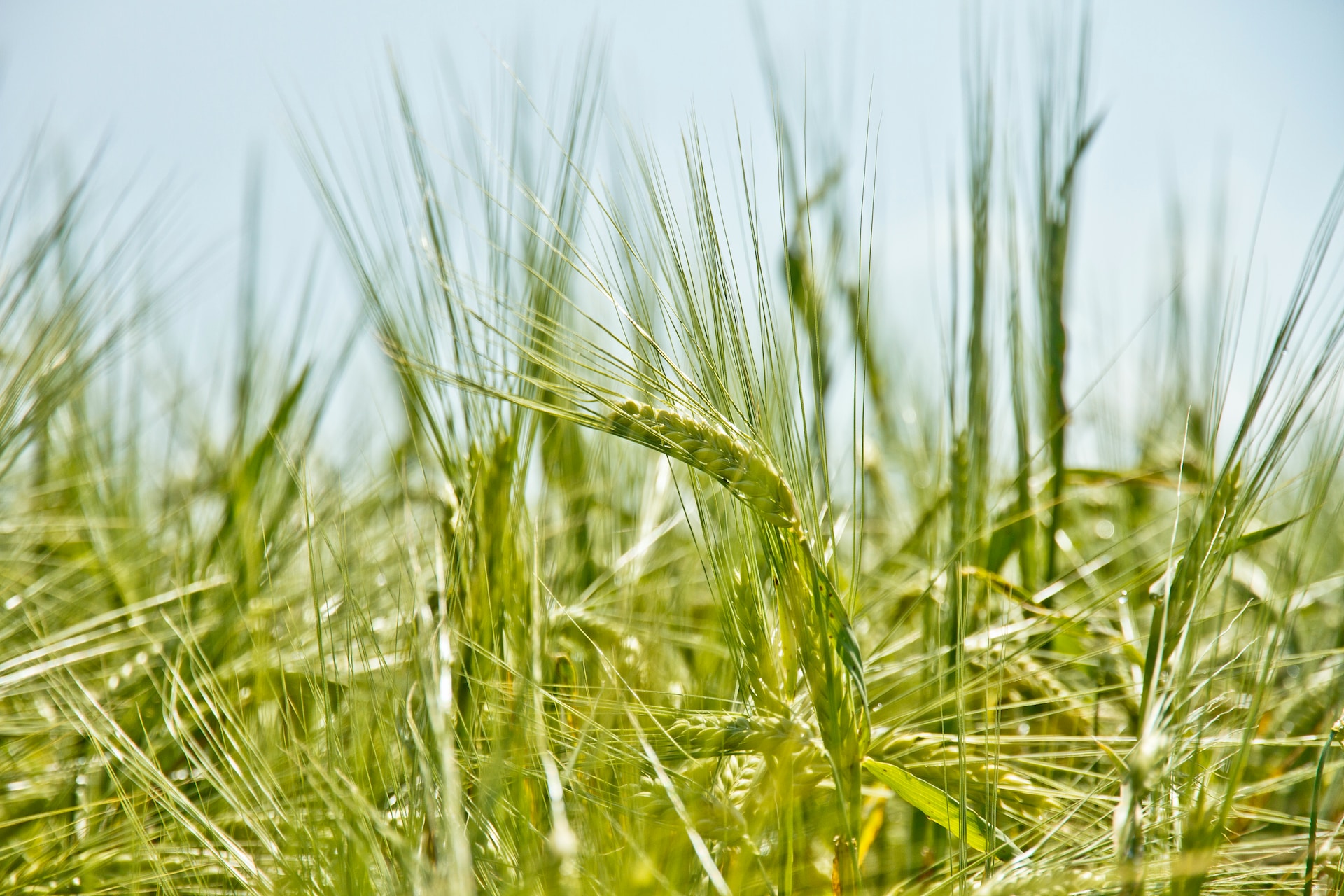WASDE report: Hit or Miss?
By Tyson Hosie
16th August, 2023
The August edition of the USDA’s WASDE Report was released this week. While its contents resulted in a somewhat muted response, it sets up a potentially interesting position in coming months’ and may provide some volatility at the commencement of our own winter crop harvest.
Much of the data released had already been front-run by the market, with reductions in international wheat, barley, corn and soybean production figures somewhat factored in, with some forecasters expecting even more bearish data to be released (namely for US Corn production).
However, it was the near negation of these cuts by the drop in global demand figures that have market participants wondering whether the September update will see the USDA forced back to the drawing board. Assumptions around the larger Ukrainian wheat crops’ ability to make its way to market are expected to be reviewed. The reduction in US Corn production (down 11mmt nationally) coinciding with higher international Crude Oil values (and thus spurring Ethanol demand in theory) not being the catalyst for a more bullish market response, also has a few heads being scratched.
The broader market now looks to the September update for some careful reconsideration, but until then we look inward, with our own production forecasts gaining attention.
Winter crops from Central Queensland through to Central New South Wales are rounding the home straight with a warm, dry tailwind, and yield potential is being impacted significantly as the mercury nudges 30 in some areas this week. Down the Newell looks good in parts, however you don’t have to venture too far west to be reminded just how long it has been between drinks.
Growers have been active market participants these past few of weeks, capitalising on the markets’ realisation of tightening east coast production forecasts. Consumers have also been keen to get some pre-harvest coverage on through August, September and October, using the recent downturn in road Freight charges to their advantage and drawing on stocks not normally available to them. It has been a minute since we’ve seen wheat and barley from near the Victorian border make its way to Northern New South Wales and Queensland, however markets’ have a way of getting what they need.
Conversely, engagement on new crop forward sales have been minimal, despite handsome prices being published by the merchant fraternity. Production risk is far too high for most, and with the market being underpinned by this and the Bureau’s current outlook, procrastination is as valid a marketing tool as any.
It goes without saying, that any rainfall between now and the end of the month will be hugely beneficial for those crops still hanging on to consolidate what is there, with many also looking for a spring break to get summer crop proceedings underway in the next few weeks. Just don’t put the sprinkler on and walk off this time, hey Hughie?!
China's tariff removal benefits barley exports

China have announced they will drop the 80 per cent tariff they had applied to the importation of Australian barley. What this means for Australian barley growers?
Read MoreNorthern and Southern areas of NSW face dramatically different seasons ahead

As we near the mid-point of the grain growing season, the current production outlook for NSW is in stark contrast between northern and southern areas of the state...
Read MoreGrain corridor slams shut with a bang

Despite the ongoing conflict in Ukraine, the last few weeks in grain markets almost felt like we had returned to the good old days when we wrote about weather forecasts and crop conditions rather than pandemics, politics and Putin. It wasn't to last...
Read MoreGrain markets continue to be a mixed bag

The growing season has seen continual rainfall across the regions stretching from northern NSW right down through Victoria and across South Australia to the point where most growers are asking "El Nino? What El Nino?"
Read MoreMother Nature: Friend or foe

The production outlook for the East Coast Cropping belt has been boosted with favourable conditions seen month to date with majority of SA, VIC and SNSW receiving welcomed rainfall for July on top of what was already an above average rainfall month in June.
Read MoreFutures run ahead

Domestic grain values have struggled to keep pace with global markets in recent weeks as the well-publicised dry conditions continue to wreak havoc on row crops throughout the US Midwest.
Read More